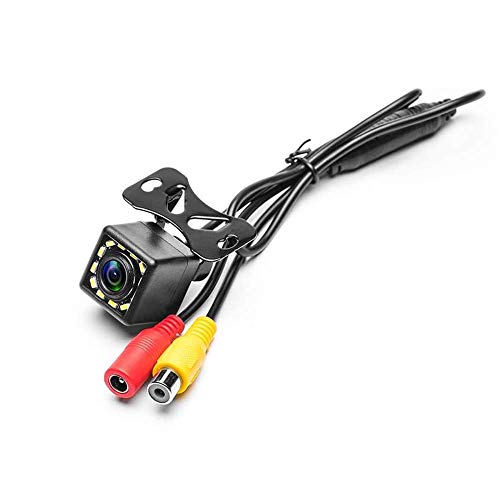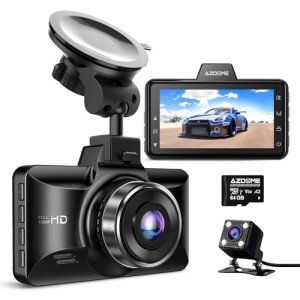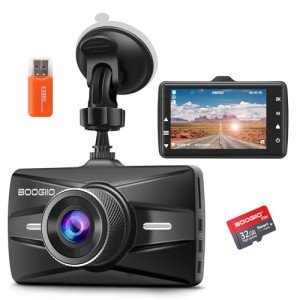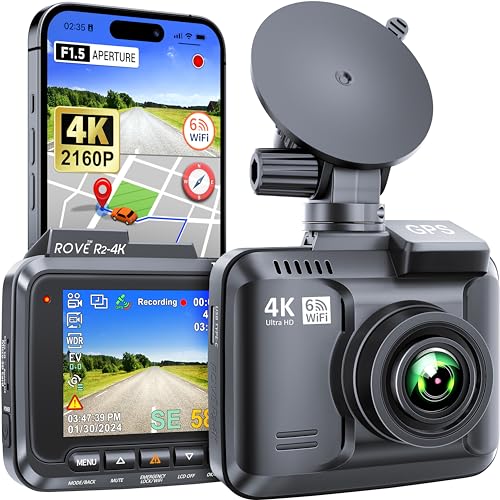Getting comfortable with your camera settings is a game-changer for everyday shots. You don’t need to be a pro to take stunning photos. With a little practice and these simple camera tips, you can capture great moments just about anywhere.
Start with the basics. Familiarize yourself with ISO, shutter speed, and aperture. These three work together to help you manage light and movement in your photos. If you're shooting outdoors on a sunny day, keep your ISO low to avoid overexposure. For movement, like kids running or pets playing, a faster shutter speed will help freeze the action. If you're shooting a portrait, a wide aperture gives you that lovely blurred background, making your subject pop!
Don’t forget about the white balance. It controls the color temperature of your photos. If you’re indoors under warm lighting, adjust the white balance to ‘tungsten’. This helps keep your images from looking too yellow. For outdoor shots, setting it to ‘daylight’ usually works best. Getting this right can drastically change the mood of your photos!
Take some time to experiment with different modes on your camera. The auto mode is great for beginners, but once you get the hang of it, try switching to manual or aperture priority mode. This way, you have more control over your shots. It might feel a bit tricky at first, but with practice, you’ll start to see just how much better your photos can turn out. Lots of places to try out these camera tips — just get out there and have fun with it!
Finding the Best Lighting for Your Photos
One of the most crucial camera tips for stunning photos is lighting. Good lighting can turn a mediocre picture into something breathtaking. Whether you’re shooting inside or outside, knowing how to harness natural and artificial light makes a huge difference.
First off, let’s talk about natural light. The golden hour, which happens shortly after sunrise and before sunset, gives that soft, warm glow to your images. If you can, try to plan your shoots during this time. Harsh midday sunlight creates strong shadows, which can wash out your subject. If you’re stuck shooting during the day, consider using some shade or a diffuser to soften the light.
When it comes to indoor photography, use windows to your advantage. Position your subject near a window to take advantage of soft, diffused light. You can also try bouncing that light off a white wall or ceiling for an even softer effect. Don’t forget about artificial lights! Softboxes and ring lights can help, especially in low-light situations. They create even surfaces with minimal shadows.
Finally, always watch out for mixed lighting conditions. If your room has both natural light and artificial bulbs, the colors might clash and not look so great. Try to stick to one light source for consistency. Remember these camera tips, and your photos will jump to the next level with just a little attention to how you use light!
Waterproof Car Rear View Backup Camera with LEDs
See clearly even in the rain with this easy-to-install backup camera and bright LED lights
Product information
$11.79
Product Review Score
4.49 out of 5 stars
14 reviewsProduct links
Composing Pictures Like a Pro in Minutes
When it comes to snapping photos, a few simple camera tips can really elevate your game. First off, think about your composition. The rule of thirds is a classic approach: picture your frame divided into a grid of nine squares. Place your subject along those lines or at the intersections to make things pop. It’s an easy trick that instantly makes your shots more appealing.
Lighting plays a huge role too. Natural light is your best friend, especially during the golden hour—just after sunrise or before sunset. The soft light during these times flatters your subjects beautifully. If you’re indoors, avoid harsh overhead lights and instead shoot near windows for that perfect glow.
Don’t forget to play with angles! Don’t just shoot from eye level. Get low or climb a little higher for a different perspective. Sometimes, the best view is from a place you wouldn’t expect. Experimenting with angles can lead to some stunning results.
Lastly, take your time to focus. Soft focus can ruin an otherwise great shot. Use your camera’s autofocus features or manually adjust to make sure your subject stands out. It’s all about making that small effort count.
Camecho Waterproof Backup Camera with Night Vision
Capture every moment clearly, day or night, even in the toughest conditions
Product information
$9.99
Product Review Score
4.57 out of 5 stars
230 reviewsProduct links
Editing Tips to Enhance Your Images
First up, consider adjusting the brightness and contrast. If your photo looks a bit dull, cranking up the brightness can help. Play around until those colors look vibrant but natural. A little contrast can make a huge difference too—adding depth to your photo and making it feel alive.
Next, think about cropping. You’d be surprised how a simple crop can change the whole vibe of your image. Remove anything distracting from the edges of your photo, or focus more on your subject by isolating it in the frame. Crop for impact; sometimes less is definitely more!
Don’t underestimate the power of filters, but use them wisely! A subtle filter can enhance mood and atmosphere. Try different ones to see which suits your style, but avoid going overboard. You want your picture to look enhanced, not fake!
Finally, remember to sharpen your images just a bit. This makes details stand out, especially for landscapes or portraits where you want those little features to shine. Just don’t go overboard—too much sharpening creates unnatural edges. Stick to these Camera Tips, and you’ll be well on your way to stunning photos!






